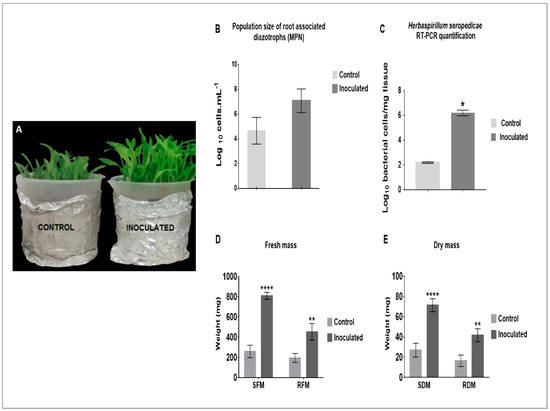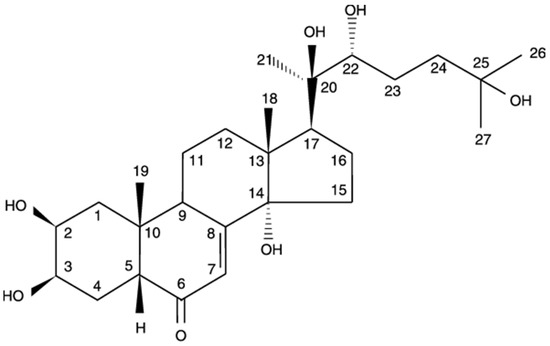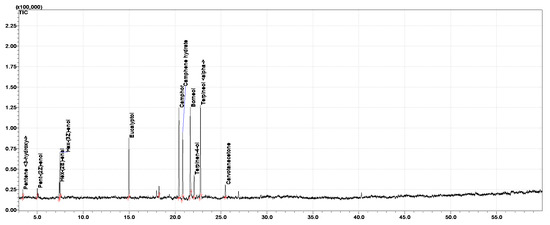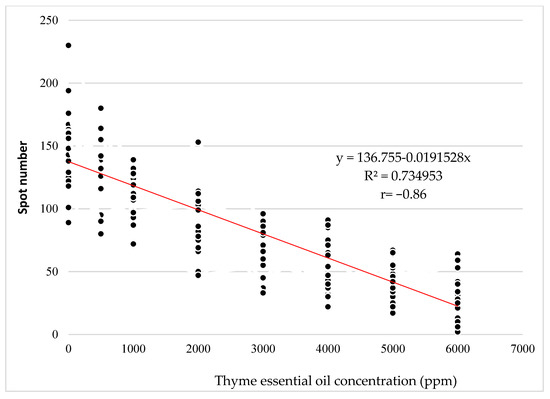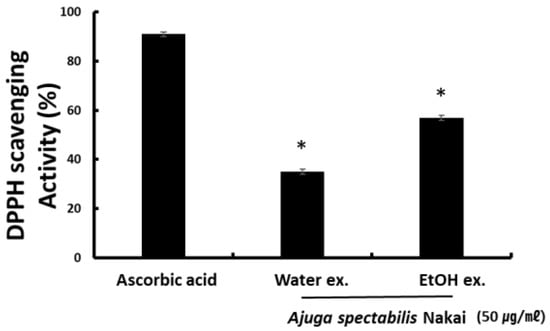Plants 2023, 12(1), 161; https://doi.org/10.3390/plants12010161 - 29 Dec 2022
Cited by 8 | Viewed by 3242
Abstract
The regeneration of the high-yielding multilocular types has not been attempted, although successful regeneration and transformation in brassica have been done. Here, we report efficient regeneration and transformation protocols for two B. rapa genotypes; UAF11 and Toria. The B. rapa cv UAF11 is
[...] Read more.
The regeneration of the high-yielding multilocular types has not been attempted, although successful regeneration and transformation in brassica have been done. Here, we report efficient regeneration and transformation protocols for two B. rapa genotypes; UAF11 and Toria. The B. rapa cv UAF11 is a multilocular, non-shattering, and high-yielding genotype, while Toria is the bilocular type. For UAF11 8 shoots and for Toria 7 shoots, explants were observed on MS supplemented with 3 mg/L BAP + 0.4 mg/L NAA + 0.01 mg/L GA3 + 5 mg/L AgNO3 + 0.75 mg/L Potassium Iodide (KI), MS salt supplemented with 1 mg/L IBA and 0.37 mg/L KI produced an equal number of roots (3) in UAF11 and Toria. For the establishment of transformation protocols, Agrobacterium-mediated floral dip transformation was attempted using different induction media, infection time, and flower stages. The induction medium III yielded a maximum of 7.2% transformants on half-opened flowers and 5.2% transformants on fully opened flowers in UAF11 and Toria, respectively, with 15 min of inoculation. This study would provide the basis for the improvement of tissue culture and transformation protocols in multilocular and bilocular Brassica genotypes.
Full article
(This article belongs to the Special Issue Biotechnology of Plant Tissue Culture)
►
Show Figures

